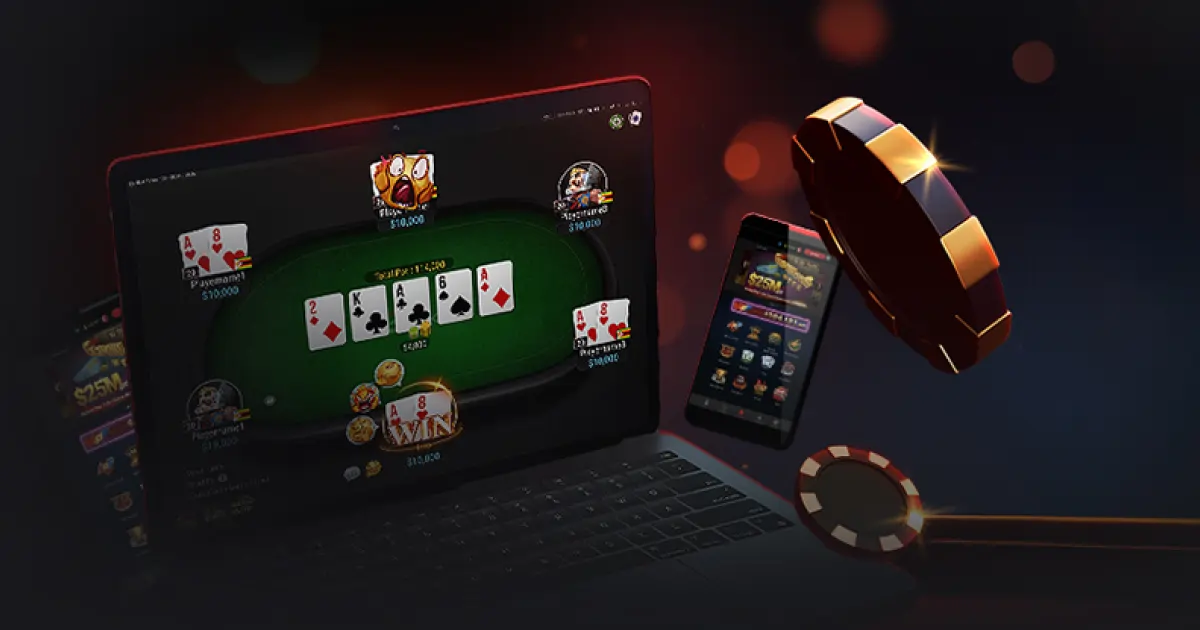In the world of poker, players are often focused on the cards, the chips, and the strategies of their opponents. However, in certain gambling venues, there is another element that can influence the game: the presence of Eat-and-run police (먹튀폴리스). These officers, often operating in plain clothes or under minimal visibility, are tasked with monitoring casino activity and ensuring compliance with regulations, but they can also have a subtle impact on player behavior and table dynamics. Understanding how to spot them can help serious players maintain awareness and avoid unnecessary distractions.
Understanding Eat-and-Run Tactics
Eat-and-run police are not the typical uniformed officers stationed at a casino entrance. Instead, they blend into the environment, often observing without direct interaction. Their goal is to detect suspicious activity, enforce legal compliance, and ensure that no illicit behavior is occurring. This might include looking for cheating methods, identifying problem gambling situations, or monitoring large cash transactions. The term “eat-and-run” refers to their approach: they gather information quickly and leave without prolonged engagement.
For players, the presence of these officers can be both subtle and intimidating. While they rarely interfere directly with casual gameplay, their observation can influence how patrons behave. Players may unconsciously adjust their strategies, avoid drawing attention, or hesitate to engage in unconventional tactics if they suspect someone at the table is monitoring them.
Physical Cues to Watch For
Spotting eat-and-run police requires attention to detail. Unlike regular casino staff, these officers often do not wear uniforms, making them harder to identify. Some physical cues can indicate their presence:
- Unusual Focus: If someone is watching multiple tables or observing the behavior of a few individuals rather than playing themselves, it could be a sign.
- Minimal Interaction: Officers tend to avoid social engagement. They may order food or drink but rarely participate in conversations beyond basic pleasantries.
- Frequent Movement: They often change positions within the casino to gain different perspectives, moving subtly rather than abruptly.
- Observation Tools: Keep an eye out for notepads, tablets, or discreet recording devices that could be used to document player activity.
Behavioral Indicators
Aside from physical signs, certain behaviors can reveal the presence of eat-and-run police. They often maintain a calm, composed demeanor, avoiding obvious excitement or frustration at the game. They may take notes quietly or glance around frequently, giving the impression of a casual observer rather than an engaged participant.
Players should also note interactions with staff. If a dealer or floor manager appears unusually attentive to a specific player or table, it may indicate monitoring. Similarly, subtle adjustments in table rules or chip handling could reflect behind-the-scenes observation.
How to Stay Focused
For poker enthusiasts, the key is not paranoia but awareness. Remaining focused on your own strategy and maintaining standard etiquette ensures that the presence of eat-and-run police does not disrupt your play. Avoid conspicuous behavior, manage your bankroll responsibly, and follow casino rules closely. Understanding that observation is part of the environment can reduce anxiety and help maintain a smooth gaming experience.
Conclusion
While eat-and-run police are rarely a direct threat to players, recognizing their presence can improve awareness and strategic focus at the poker table. By paying attention to subtle physical and behavioral cues, players can navigate the casino environment more confidently. Ultimately, knowledge of these tactics allows for a more composed approach to poker, ensuring that attention remains where it belongs—on the cards and the game itself.




